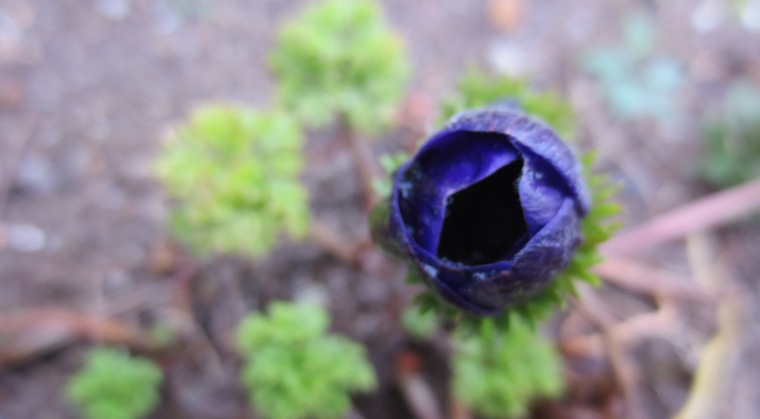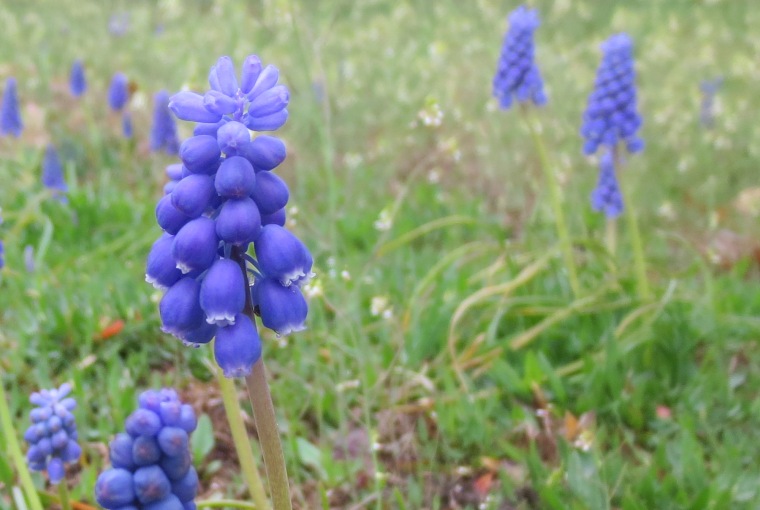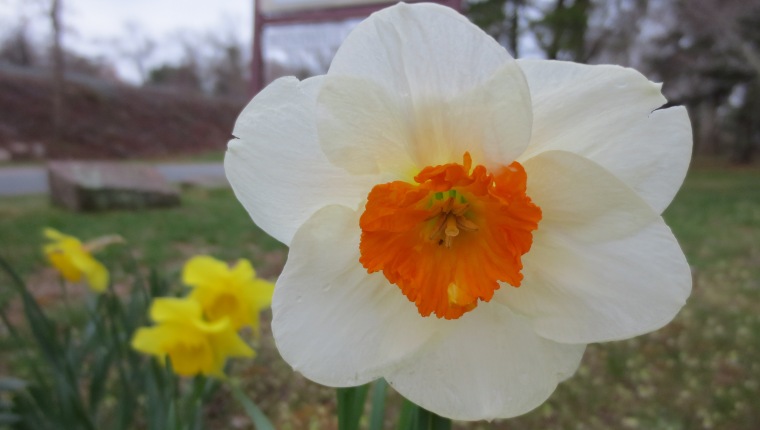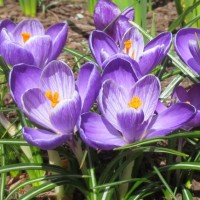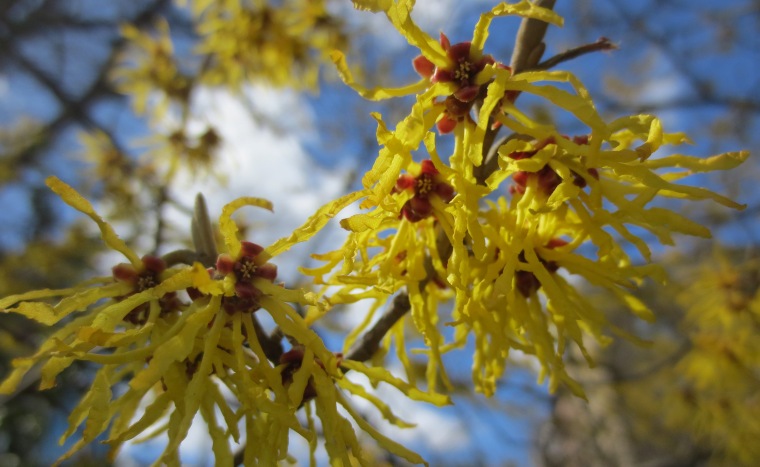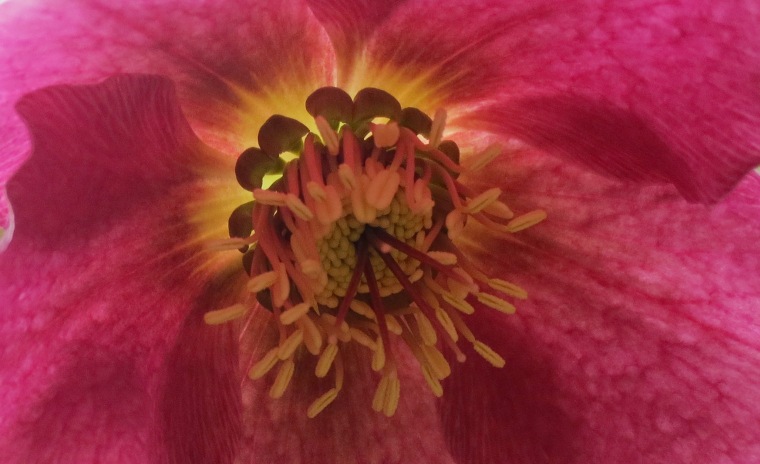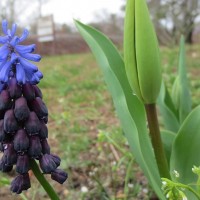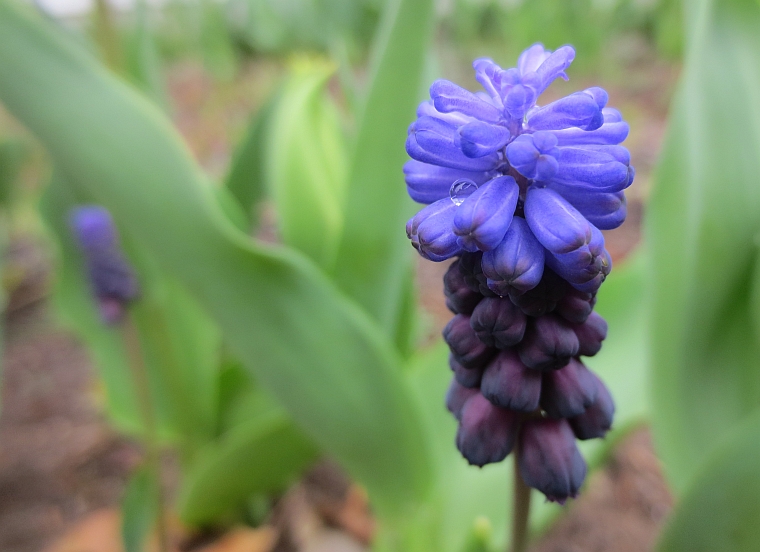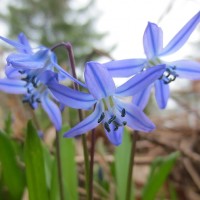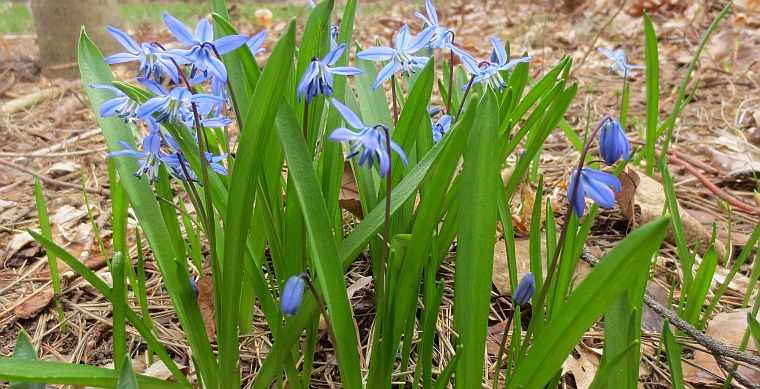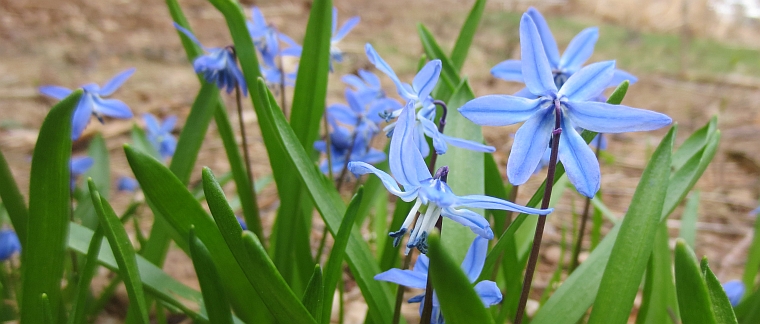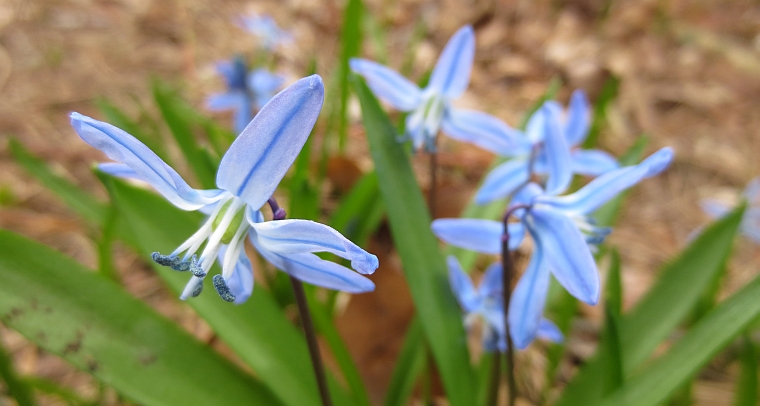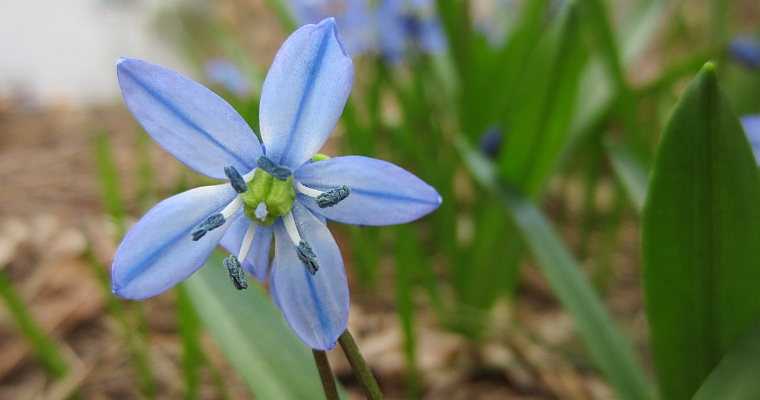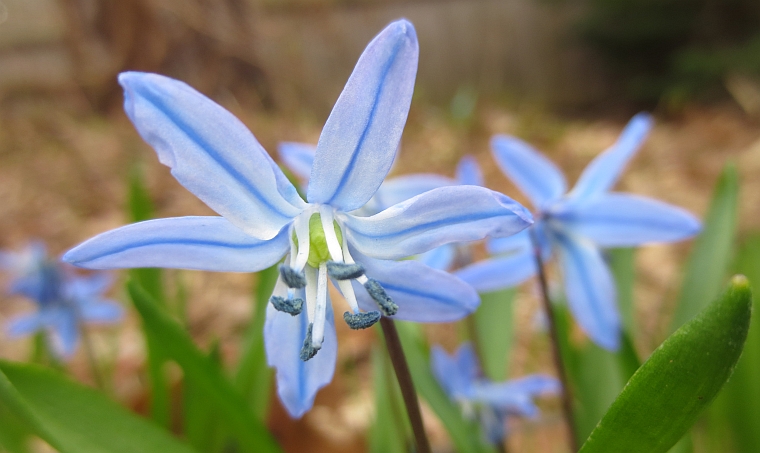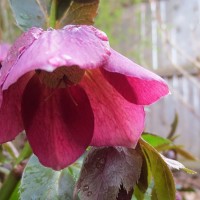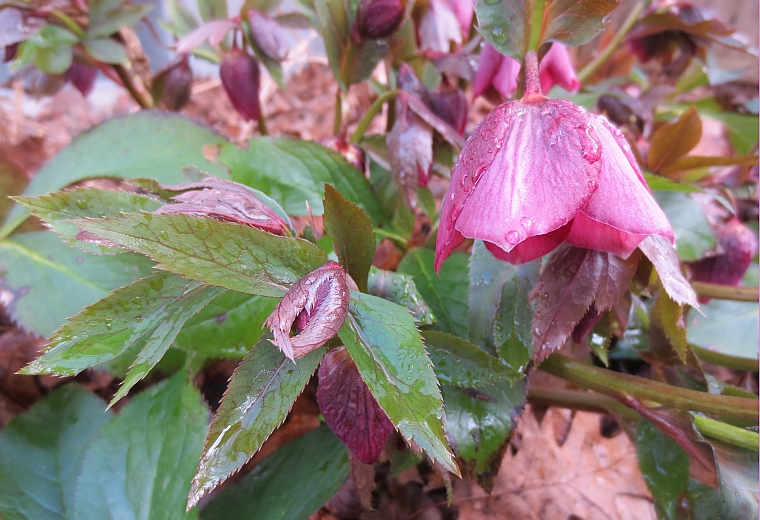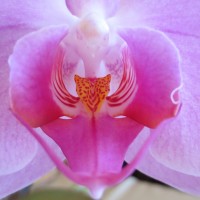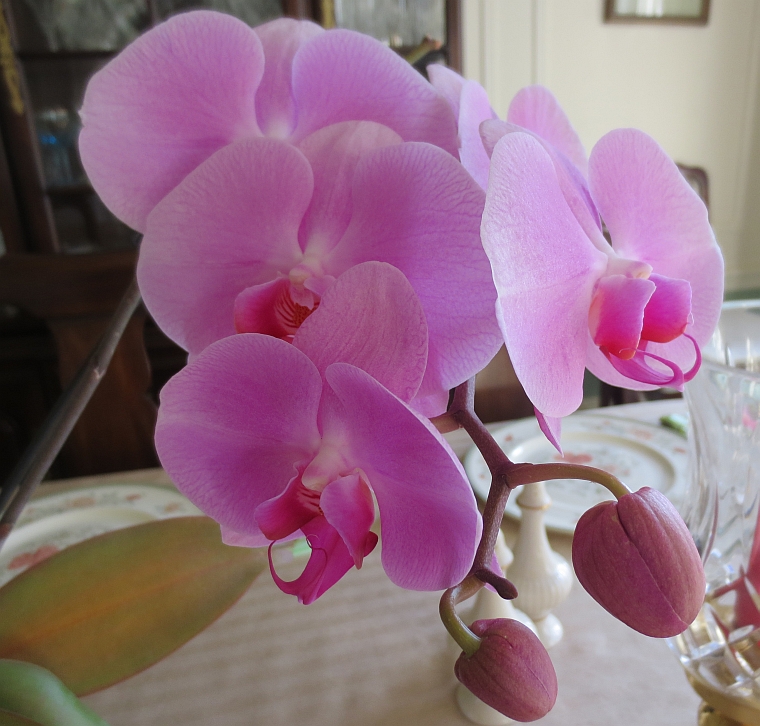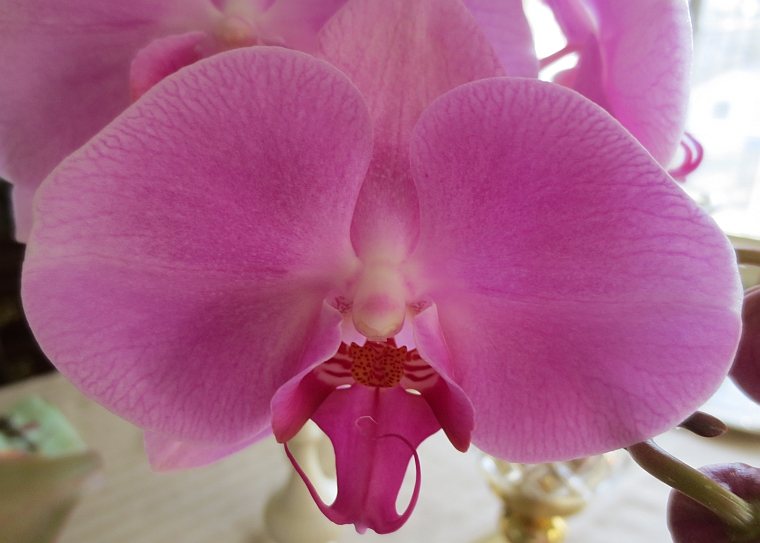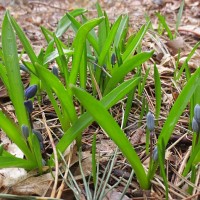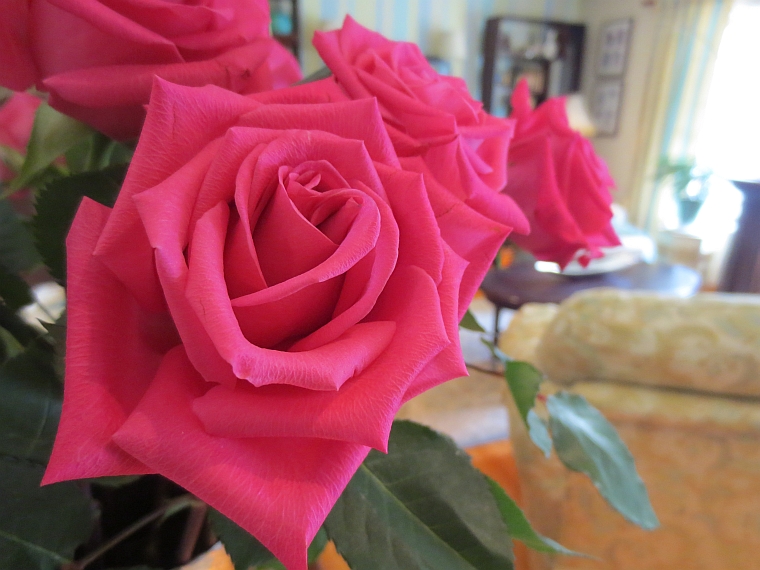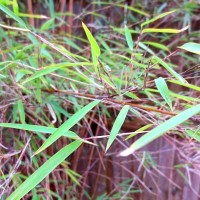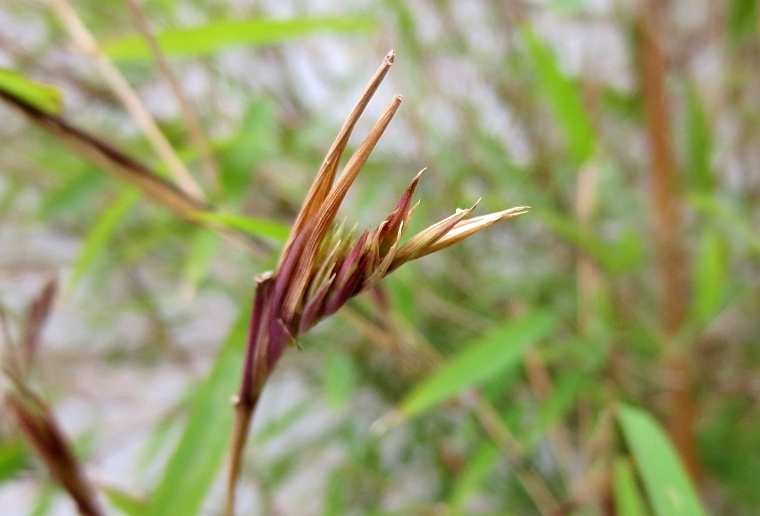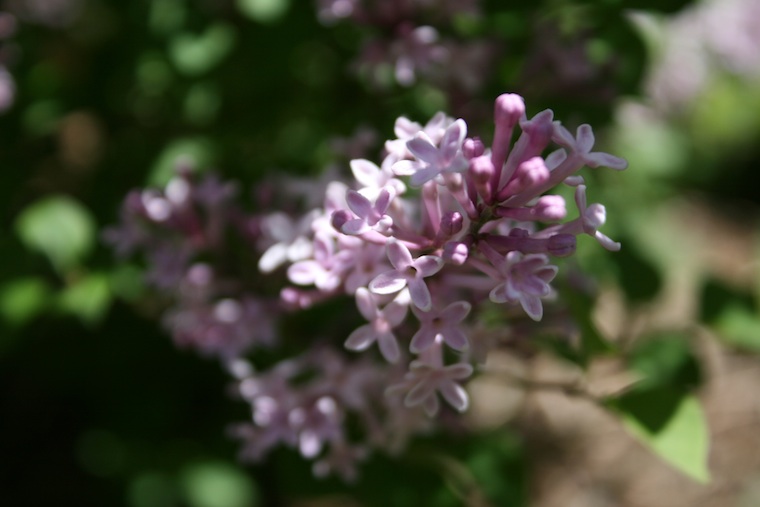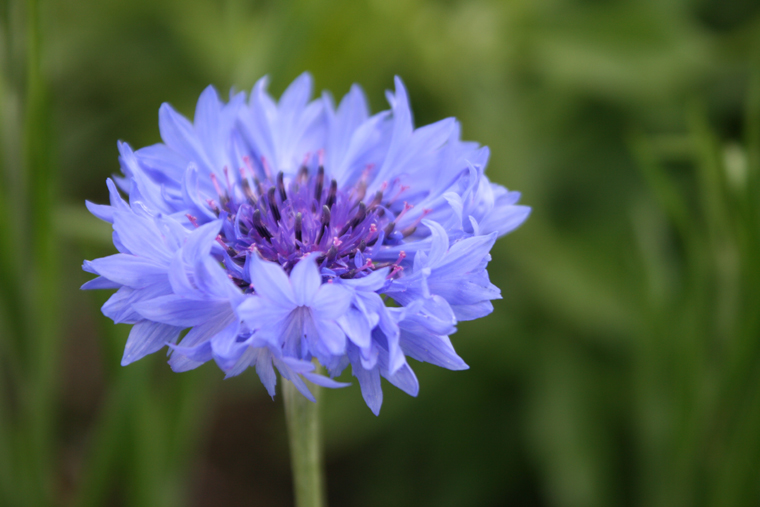With sound-barrier-breaking stereo systems, surround-sound entertainment empires, and ubiquitous ear buds, we are bombarded with noise of some sort at just about every waking moment of the day. I’m not one of those people who wears ear buds – only if I’m on a train or a plane ride or at the gym (which I haven’t visited in two months anyway). The rest of the time – on the subway, in the car, walking around – I leave them at home. Wearing them seems to lessen our interaction with the world. And as much as I like my solitude, I also enjoy some engagement. There was a time during my college years when I had a walkman and headphones with me at all times, buffering the universe with as much Madonna as I could muster. While it gave me a certain confidence (you should have seen my ‘Express Yourself’ strut down Newbury Street), it also removed me from the environment, lending distance and isolation.
I first realized the power of silence about ten years ago, when I went outside to prepare the garden for spring. In the past, I had worn headphones when raking and bagging leaves. It seemed to move the time faster, offering a bit of entertainment while working so hard. For whatever reason, that year I went to work without music, without noise, without a stereo by the back door. In the beginning it was disconcerting. After years of hearing something while working, the silence was, well, silent. But it wasn’t really. My ears just needed to realign themselves with nature. Soon, it wasn’t so quiet. The wind was the first movement, rushing by my ears, rustling leaves and pine boughs, and trilling through brittle grass reeds. The rake was the second movement, slow and uncertain at first as I sought a comfortable rhythm, then regular and efficient as the winter’s detritus made its way into manageable piles. The third movement was comprised of the wildlife – the chirping and fluttering of birds, the chattering of squirrels, the squeaking of chipmunks, and the calling of insects. Forget the quiet, this was an aural landscape rife with variation and noise – the music of nature at full blast.
But beyond that transformation was the more subtle peace that came with the absence of all the man-made music and sensory overload, the filler stuff that occupied so much of the world. It took an hour or two to decompress from that static – and if you fought it, if it felt alien and uncomfortable, it might take even more – but eventually a new calm came upon me. As it does in yoga or other meditation, it takes time to realize a change. That patience is the hard part for most of us. We want instant relief, and we want it now. Anything that requires waiting is rarely embraced. Yet that is the key to the whole concept of finding a zen-like peace in the garden. It cannot be rushed. It will happen in good time, when it’s ready to happen. There is no rushing, no ten-minute workout, no fast-fix that will result in immediate contentment. That sort of thing takes time. The garden is where I learned that.
The thoughts that first crossed my mind were the usual worries – but they passed. Then it was the concern with the tasks at hand, which end to begin on, what project to tackle next, would it be better to do a little of everything, or finish one entire task – and then those too passed as I found a method. Finally, maybe a few hours later, I looked around and felt it: the supreme sense of peace and calm. The euphoric runner’s high, the last relaxing posture, the destination reached before you even know you were journeying. Maybe it’s simply the satisfaction of finishing a full day of physical work. Maybe it’s something more.


